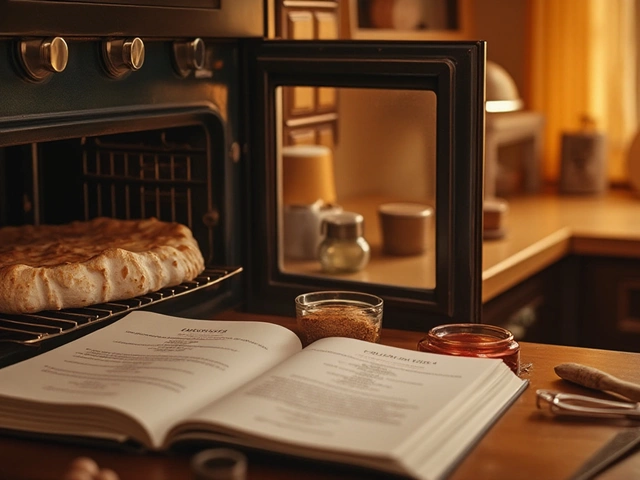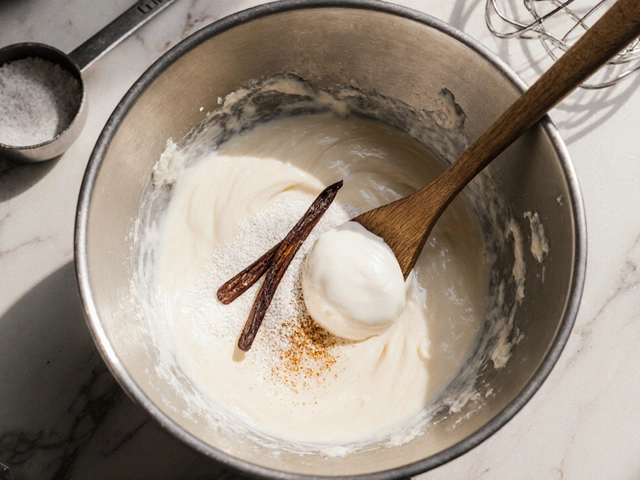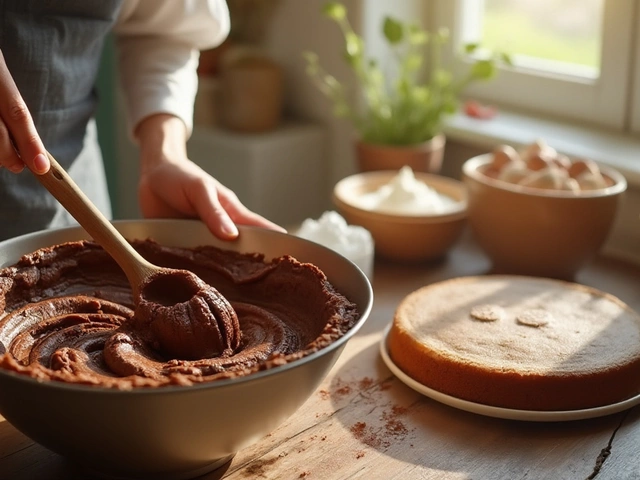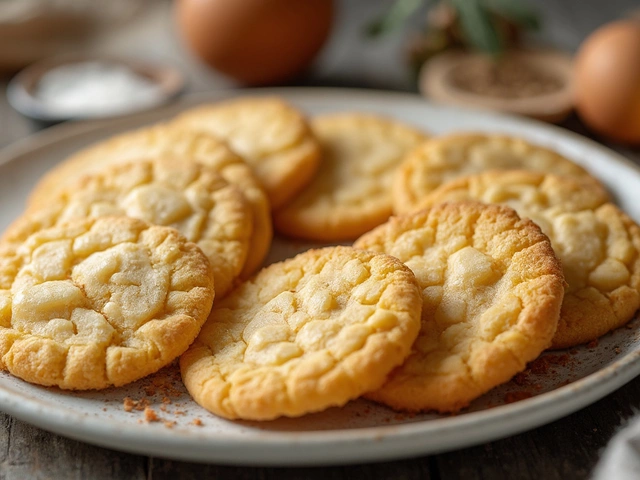Traditional Desserts: Timeless Sweet Classics
When you crave something that feels like home, a traditional dessert usually does the trick. These sweets have been passed down for generations, so they carry a story as much as a taste. Whether it’s an Italian tiramisu, a French cannoli, or a simple fudge bar, each bite connects you to a culture and a memory. On this page we’ll show why these treats still matter and give you quick ways to make them without stressing.
Why Traditional Desserts Still Wow
First, the flavors are familiar. Kids grow up tasting the same sweets at birthdays, holidays, and family gatherings, so the taste is tied to comfort. Second, the techniques are often straightforward – most recipes rely on basic ingredients you already have, like butter, sugar, eggs, and flour. Finally, making a heritage dessert lets you keep a piece of history alive. When you follow a recipe that’s been around for decades, you’re joining a line of bakers who all used the same kitchen tricks.
Take tiramisu, for example. The name means “pick me up” in Italian, and the dessert got its boost from coffee and cocoa. It’s quick to assemble, but the real secret is letting it rest so the flavors meld. Or think about cannoli: crisp shells filled with sweet ricotta give a satisfying crunch that’s hard to beat. Even something as simple as fudge has a soft‑ball stage temperature that, once mastered, produces a creamy texture that melts in your mouth.
Easy Ways to Make Classic Desserts at Home
Start with what you have. Most traditional sweets need just a handful of pantry staples. For a basic fudge, melt chocolate and butter, add sugar, and heat to the soft‑ball stage (around 235°F). Stir until smooth, pour into a pan, and let it set. If you don’t have a candy thermometer, drop a small bit into cold water – it should form a soft ball.
For tiramisu, soak ladyfingers in strong coffee, layer with a mixture of beaten eggs, sugar, mascarpone, and a splash of liqueur if you like. Dust the top with cocoa and chill for a few hours. The prep is quick, and the chill time does the heavy lifting.
Cannoli shells can be bought ready‑made, or you can roll dough, fry, and fill with a sweetened ricotta blend flavored with orange zest or chocolate chips. The key is not to over‑fill – a light hand keeps the shell from getting soggy.
One quick tip that works for most traditional desserts: always bring ingredients to room temperature before mixing. It helps butter cream properly, eggs blend smoother, and the final texture stays consistent. Also, taste as you go. A pinch of salt can boost sweetness and bring out deeper flavors.
Now that you’ve got the basics, pick a dessert that feels right for your next gathering. Grab the recipe, follow the simple steps, and enjoy a taste that’s been loved for years. Traditional desserts aren’t just old recipes – they’re a way to share history, flavor, and happiness with anyone at your table.

Brazilian Sweets: Discovering the Unique Flavors Beyond Tiramisu
Explore the vibrant world of Brazilian sweets, diving into their history, unique ingredients, and cultural significance. Learn how these treats stand out with their distinct flavors and textures, offering a culinary adventure far beyond tiramisu. Whether you're a seasoned dessert lover or just curious, get ready to uncover the delicious variety Brazil has to offer.
View More




